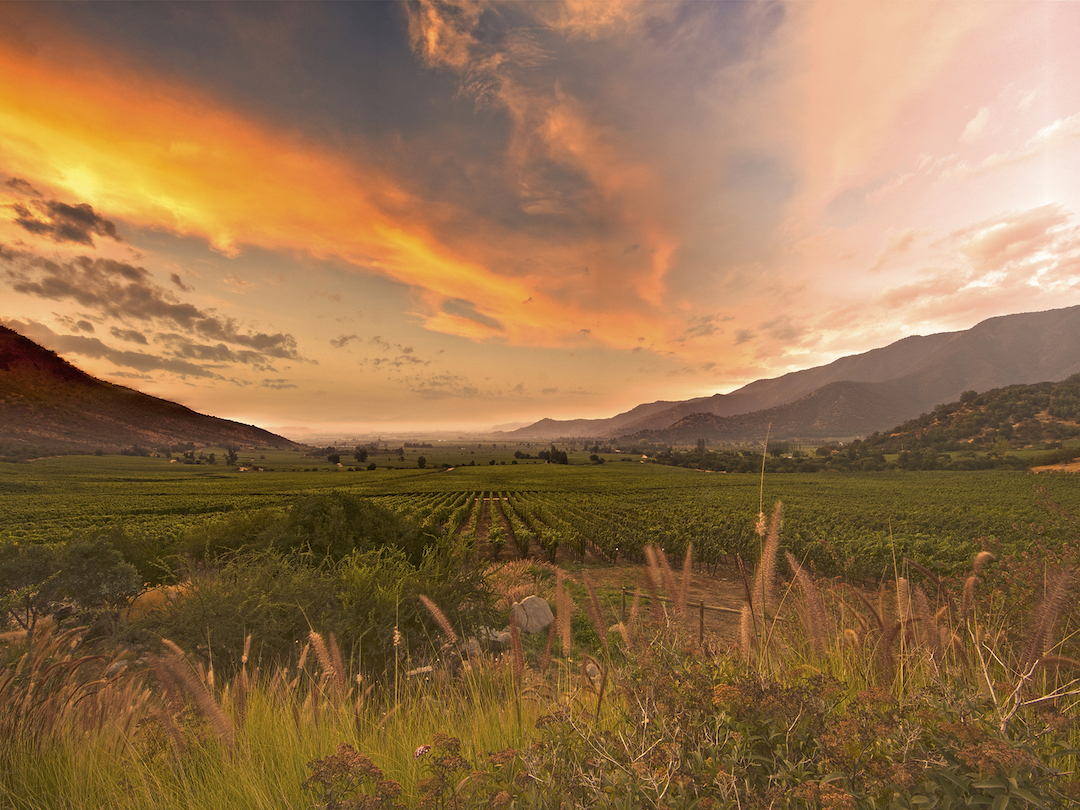The First English-Language Guide to South American Wine
Thirty years ago, wines from South America barely registered on the international wine market, let alone the consciousness of wine-drinkers outside the region. In contrast, Argentina and Chile are now among the world’s best-known wine-producing countries, and other South American countries are poised to make their mark. Brazil and Uruguay are coming on strong, and excellent wines are being produced in Peru, Colombia, and elsewhere.
Although South American wine was remarkably late coming to the attention of international wine-lovers, the continent itself was planted in vines remarkably early. Spanish missionaries and settlers established vineyards and made wine down the Pacific coast and across the Andes in Argentina from the mid-1500s–well before some well-known regions in Europe, such as Bordeaux’s Médoc appellation–were planted.



Finding excellent conditions for grape-growing, Spain’s colonies in South America began to churn out massive volumes of wine very quickly–to the chagrin of wine producers in Spain, who had hoped the new colonies would be markets for their own wine and who petitioned the royal government to stop the expansion of wine production there. But the colonists were unstoppable, and when they produced too much wine for local consumption, they distilled the excess and made brandy.
For much of the 20th century, South America’s major wine-producing countries, notably Chile and Argentina, turned out huge volumes of ordinary wine for their domestic markets. Wine consumption was high, and as it began to fall in the 1960s, producers looked for export markets. Exports were followed by significant improvements in quality, and now South America produces not only large volumes of good-quality wines with international mass-appeal but also many fine wines.


What was lacking was a comprehensive English-language guide to the continent’s wines–the sort of guide almost every other major wine-producing country or region can boast. But now we have the South America Wine Guide, a weighty volume that is richly illustrated and contains detailed information about the wines of South America. Given its heft, it’s not the sort of book you would want to lug with you on a visit to wineries, but it’s an invaluable reference when you want to know about the region, grape variety, or producer of the wine you’re drinking. And there’s an e-book edition available as a travel companion.
The South America Wine Guide is the brainchild and product of the sheer hard work of Amanda Barnes, an English wine writer who has lived in Argentina for the last dozen years. Born in a small village in Hampshire, Barnes began travelling when her parents took her to France and Spain for summer holidays. She caught the travel bug early on, and as she got older became interested in regional cuisines and, inevitably, wines.

At university she studied comparative literature, including writers such as Gabriel García Márques and Jorge Luis Borges, and she was attracted to South American culture “from afar.” After graduating, she decided to take a great leap and move to South America for a year, about as long as her savings would support her if she lived frugally. She planned to spend three months immersing herself in various aspects of South American culture but found herself caught up in wine. “Three months wasn’t enough; I needed to know more.” Then she discovered that so much culture and history was bound up in wine that she began to devote herself to it.
That was in 2009, and now Barnes finds herself a recognized authority on the wines of South America. She writes freelance for the wine media–notably the English wine magazine Decanter–and contributes to prestigious publications such as The World Atlas of Wine and Hugh Johnson’s Pocket Wine Guide–the world’s best-selling wine guide. Her South America Wine Guide is a comprehensive guide to wine in Argentina, Chile, Uruguay, Brazil, Bolivia, and Peru.

Organized by country, the South America Wine Guide covers the history of wine, the main regions, grape varieties, and producers, and has notes on notable wines. There are also helpful vintage charts. It’s also a guide for wine tourists, with information on travel to the main South American cities and tips on local conditions and facilities for visitors–a sort of Lonely Planet for South American wine-lovers. Although this can be a reference book and a terrific resource on a trip to South America, it’s also richly illustrated and a pleasure to browse through.
You can buy a copy of the South America Wine Guide at southamericawineguide.com




